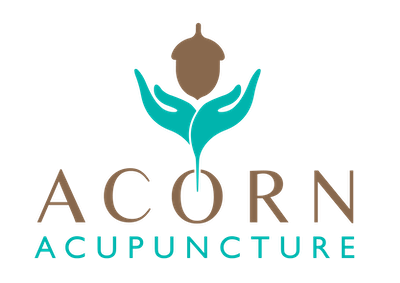About the Journal
Convergent Points: An East-West Case Report Journal is an online, open access, peer reviewed publication dedicated to acupuncture and Eastern Asian medicine practices. The Convergent Points editorial board includes some of the most knowledgeable and respected experts in case reports and research in the country. Currently, Bastyr doctoral students are learning about research and publishing through research preceptorships with Convergent Points, as well as making valuable contributions to the journal and the profession.
Case reports have a venerable history going back thousands of years. Their strengths have endured. These include introducing novel treatments or conditions in a narrative form, one that is well understood by many and therefore accessible. Case reports can generate hypotheses for later testing. They’re an invaluable educational tool. They also can provide evidence of effectiveness in real-life clinical settings, complementing measurements of efficacy in the controlled settings of clinical trials, as well as other forms of experimental or filtered research.
The main weakness of a case report hinges on having one subject. It is also an observational form, as opposed to an experiment with controls. Other pitfalls are publication bias and possible over-focus on the unusual (distracting from something more helpful or true). Convergent Points aims to correct these weaknesses by compiling a database of rigorous case reports, which then may be analyzed to yield statistical significance by using the tools of complexity science. If a case is submitted which meets the journal’s standards, it will be accepted to the database regardless of whether or not it is published. The importance of a practitioner’s work and effort and the unique progress of their patient can thus be captured, and their lessons shared.
Indeed, case reports may be an ideal research form for acupuncture and Eastern Asian medicine. They describe the medicine as it is actually practiced, with adaptive diagnoses over time and holistic, individuated treatments. Convergent Points is committed to helping articulate diagnostic systems and explain their meanings to a wide audience, as well as describing a rich diversity of treatment approaches. Through educating each other and allied professionals, we also help to preserve and share the living treasures of our medicine.
Modalities Considered:
We consider case reports on:
- Traditional Chinese Medicine, Classical Chinese Medicine, 5 Element (Worsley), Korean, Japanese Meridian Therapy, Kiiko Matsumoto, Shonishin, Manaka IPC, Vietnamese, French, Tibetan, Mongolian acupuncture style, and others
- Manual acupuncture, electroacupuncture, laser acupuncture, non-insertive needling, IPC
- Moxibustion
- Cupping
- Acupressure, chuna/tuina, shiatsu
- Chinese, Kampo, and other traditional herbal medicine
- Pharmacopuncture (herbal acupuncture, acupoint injection, aqua-acupuncture)
Eligibility Criteria:
- Licensed acupuncturists (L.Ac.), medical doctors (MD), registered nurses (RN), and nurse practitioners (NP/ARNP) with active AEAM certification are encouraged to submit English language case reports that explore novel approaches to the practice of AEAM.
- AEAM topics include but are not limited to acupuncture, acupressure, auricular acupuncture, electroacupuncture, laser therapy, herbal medicine, moxibustion, tuina, qigong, tai chi, cupping, guasha, and bleeding techniques.
- Manuscripts will be accepted on a rolling basis. No simultaneous submission or previously published works will be eligible for publication.
- No part of a published case in this journal may be reproduced by any means or used in any form without the written permission of CPCRJ (please see Copyright License).
- The journal does not accept fictional or synthesized cases.
- Written patient consent is required (please see Patient Informed Consent).
- Cases that have been published previously or are under review elsewhere will not be reviewed by Convergent Points.
Submission Guidelines:
Please find submission guidelines by clicking on the yellow Make a Submission button on the upper left corner of the Home and Information for Authors pages.
All patient information should be de-identified and HIPAA compliant and follow CONSORT and STRICTA guidelines where applicable.
For details about manuscript preparation, please see Author Guidelines.
Publication Frequency:
- The journal is published twice yearly: October 15th and February 15th.
- There are two submission deadlines: August 1st and December 1st.









